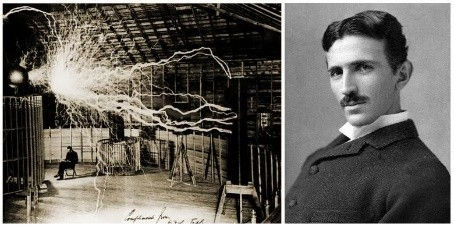A Classic Player: John Drew, 1853-1927
- Tom Dupree
- Jul 31, 2019
- 3 min read
Updated: Dec 24, 2020

By C. CLAIBORNE RAY
John Drew Jr., as he was originally known, was the third president of The Players and was a popular stage actor, often in light comedies. He was sometimes known as The First Gentleman Of The American Stage.
His father, John Drew, an Irishman born Jonathan Henry Drewland who became an actor/manager, had married into a theatrical family well known in Philadelphia, where John Jr. was born. His mother, Louisa, had performed with both Junius and John Wilkes Booth.
Today John Drew's name may be most familiar because of the more famous members of his family, especially his niece, Ethel Barrymore, and his nephews John Drew Barrymore and Lionel Barrymore, the children of his sister Georgiana or Georgina Drew Barrymore. Usually billed as Georgie Drew, she was a leading stage comedienne. The Drew lineage is represented in the living generation by the actress Drew Barrymore.
In his own time, John Drew was celebrated for his personal charm and for his performances in plays with titles like The Perplexed Husband, The Gay Lord Quex and Inconstant George. From 1880 to 1927, he worked steadily for famous producers like Charles Frohman and Augustin Daly, and with celebrated co-stars like Maude Adams and Ada Rehan. He made occasional appearances in Shakespearean comedies as well.
He and his wife, born Josephine Baker, had one daughter, Louise Drew, also an actress.
Drew wrote of his long career in My Years On The Stage, published in 1922 and available to read online through Google Books. The book's foreword, by Booth Tarkington, noted that "what he has played most congenially, and with the manliest humor of his time, have been the roles of gentlemen," adding, "John Drew would play Simon Legree into a misunderstood gentleman, I believe."
One of the most popular charter members of The Players, Drew was elected president for life in 1905 and served until his death. It was said by Walter Oettel, famed for his long service to the Club, that no one ever uttered an unkind word about him, not even a criticism.
Known to members and staff as "Uncle Jack," Drew visited the clubhouse every day that he was in the city. He happily presided over as many club events as possible and would always leave a basket of roses
whenever he had to be absent on Ladies' Day, the one day that women were admitted. When he was present, he greeted each female guest at the head of the stairs.
He fell ill with what was described as "a consuming fever" while on tour in Trelawny of the "Wells." Hospitalized in San Francisco, he lingered long enough for visits from his famous nephews, by then working in Hollywood.
The New York Times published a tribute from his fellow Player Otis Skinner, noting his "genial air of jauntiness and gallantry and his immaculate sartorial turnout" and conceding that Drew was sometimes criticized for playing himself. "But could he have played a better part?" Skinner asked. "He played it with absolute mastery."
His portrait by James Montgomery Flagg hangs in the raised alcove alongside the Kinstler Room, along with those of his fellow presidents Howard Lindsay and Roland Winters.


C. Claiborne Ray retired in 2008 as deputy obituary editor at The New York Times and still writes the Science Q&A column for Science Times. She has used the Players as her drawing room since 2014.



Comments